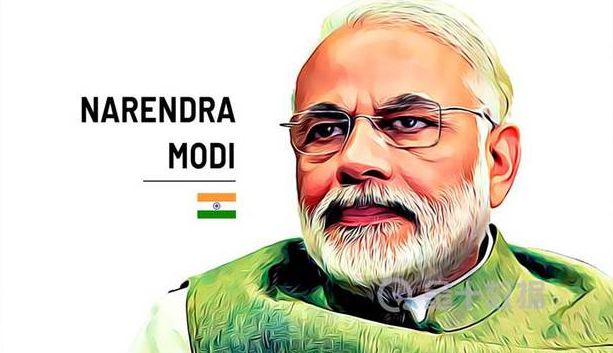India is the world’s largest rice exporter. China, on the contrary, is the largest rice importer. However, for a long time, China has imported rice mainly from neighboring Southeast Asian countries and has never imported rice from India. But according to the latest news from British media, China has started importing Indian rice a few days ago, for the first time in at least 30 years. So, what is the reason?

According to British media reports on December 2, Indian rice industry officials stated that Indian traders have signed a contract with China to export 100,000 tons of broken rice from December this year to February 2021, at a price of about US$300 per ton. 1968 yuan). In terms of conversion, India’s import cost per catty of rice is close to about 1 yuan, and the price can be said to be an important competitive advantage of Indian rice.
The report quoted B.V. Krishna Rao, chairman of the National Rice Exporters Association of India, as saying that this is China’s first import of Indian rice in at least 30 years. If Indian rice meets the buyer’s quality requirements, the latter may continue to purchase more next year.
As for why Indian rice is imported, an Indian rice trade representative revealed that the remaining export supplies of traditional Chinese rice suppliers such as Myanmar, Vietnam, and Thailand are tightening, and the quotation is at least US$30 per ton higher than India.
It is understood that due to strong rice exports, the price of rice in Vietnam has soared this year. According to a report from Vietnamese media on November 30, the rice planting season has ended, coupled with the smooth export business, Vietnam’s rice exports are in short supply, which has led to rising rice prices in Vietnam in recent months. Statistics show that the average price of rice with a 5% crushing rate in Vietnam is US$493-497 per ton, a 9-year high.
As the world’s second largest rice exporter, Thailand has encountered drought this year and reduced rice harvests, which has affected Thai rice exports. According to data released earlier by the Thai Rice Export Association, in the first seven months of this year, Thailand’s rice exports totaled approximately 3.295 million tons, a year-on-year decrease of 32.9%. In addition, the exchange rate of the Thai baht has appreciated by more than 40%, which has caused the price of rice in Thailand to rise too fast, and also affected the enthusiasm of buyers.
Thailand, Vietnam and other major suppliers of rice have “decreased in quantity and increased in price”, and it is not difficult for Chinese buyers to seek to buy Indian rice.
There are also views that adding new sources of rice supply is part of the plan to promote food import diversification. After all, in addition to Indian rice, China has also recently imported American rice. According to reports, in November this year, China imported rice from the United States for the first time. The first batch of American rice came from California. As one of the world’s four largest grain merchants, ADM has held publicity conferences in many places in China.
As the largest rice importer, China will introduce more suppliers, which will benefit the market competition environment and reduce the cost of importers and consumers to purchase imported rice.
Some people may be worried, does the heavy import of foreign rice mean that China’s rice supply needs to rely on external sources? Will this have a big impact on domestic rice production? In fact, China’s rice production is the largest in the world, and rice demand is self-sufficient. Taking 2019 as an example, my country imported 2.54 million tons of rice throughout the year, accounting for only about 1% of my country’s rice consumption. In other words, even if it does not import, China is not afraid of rice supply problems.
Although my country’s rice production can meet the demand, due to the variety structure and price reasons, my country still purchases millions of tons of rice from the international market every year to meet the needs. For example, Thai fragrant rice meets the requirements of some Chinese consumers for special rice taste. Rice can be used for brewing or making rice noodles.
It is worth noting that my country has repeatedly stated that China’s three major staple foods, including wheat, rice and corn, can be self-sufficient without worrying about food shortages or price increases.